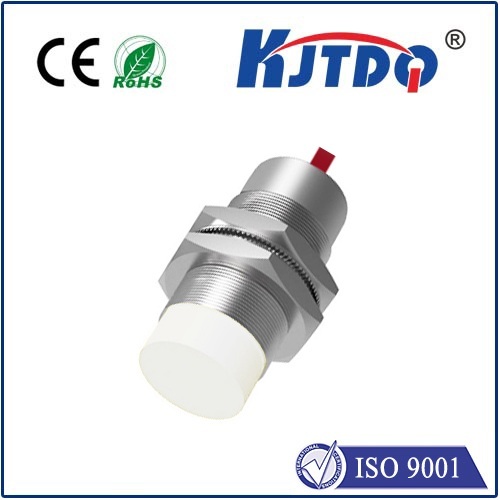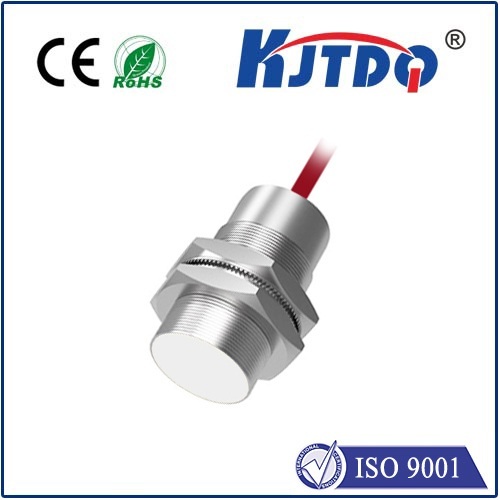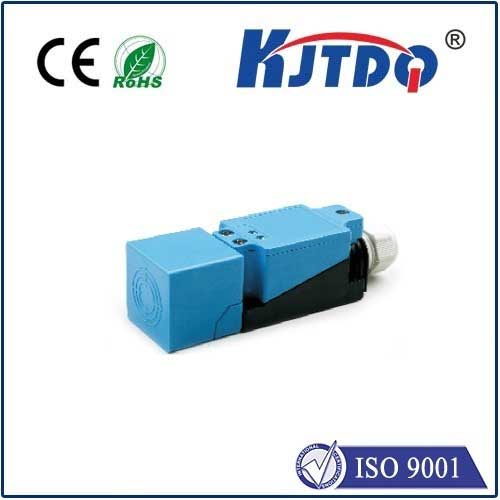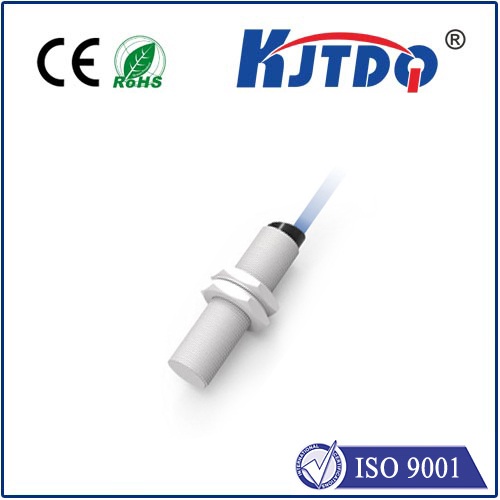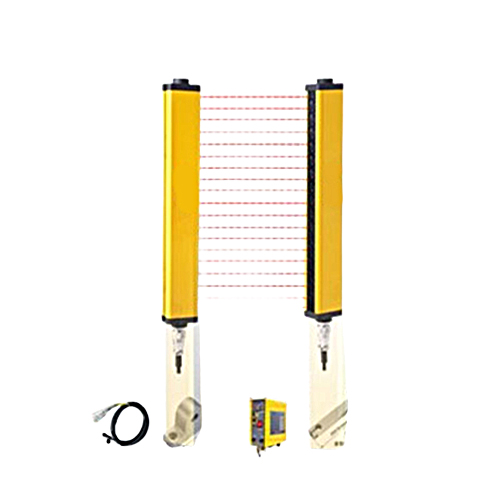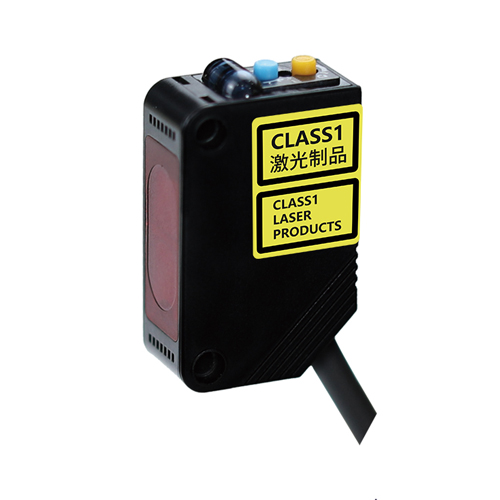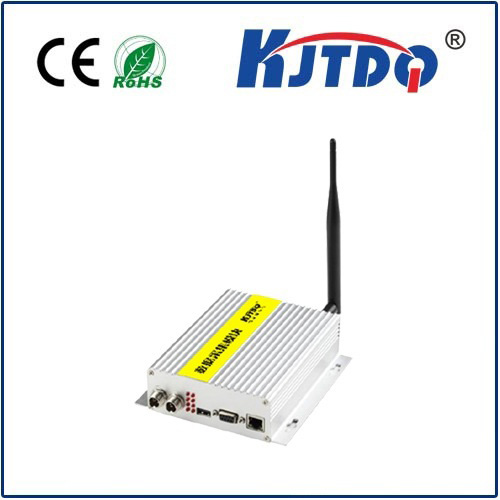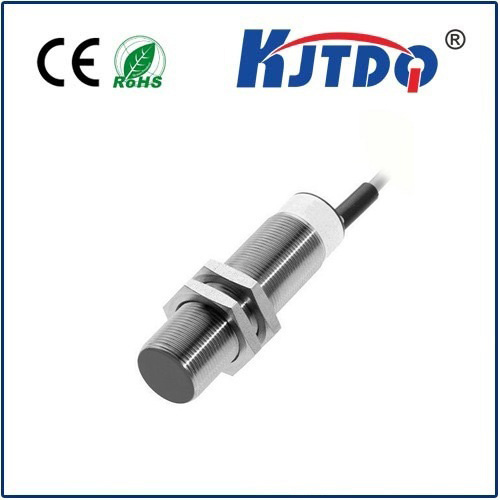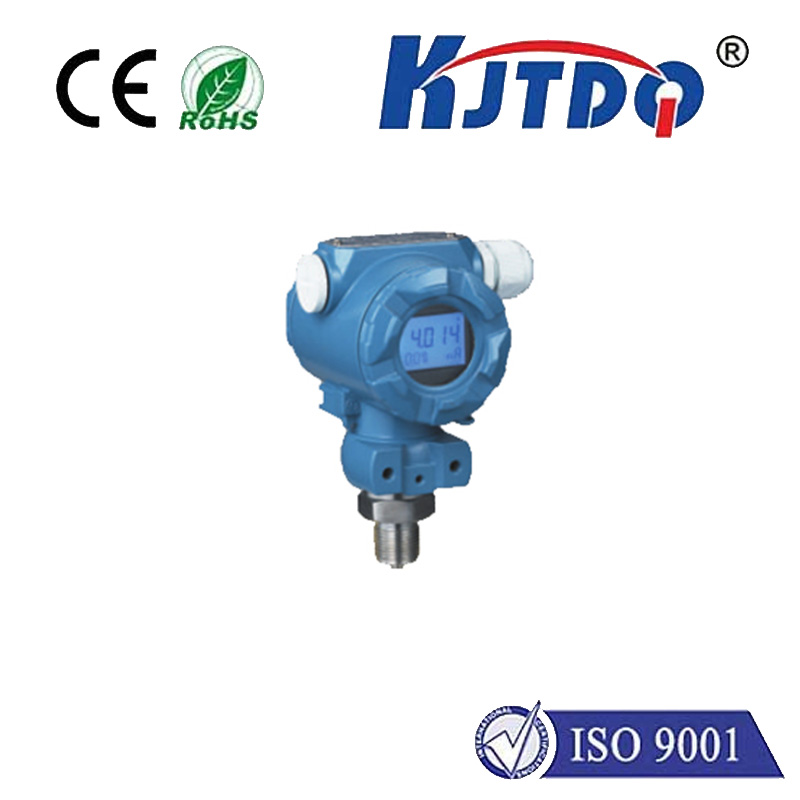Приближение датчиков
- time:2025-07-18 08:45:59
- Нажмите:0
Unlocking Efficiency: How Inductive Proximity Sensors Revolutionize Automation
Imagine machines reliably detecting metal components whizzing by at lightning speed, operating flawlessly in grimy environments where eyes fail and touch falters. This isn’t science fiction; it’s the daily reality powered by a fundamental workhorse of industrial automation: the индукционный датчик приближения. These unsung heroes provide the essential “sense of touch” for countless applications, enabling precision, safety, and efficiency. But what exactly are they, and how do they silently orchestrate so much of our modern manufacturing and machinery?
Decoding the Core: Sensing Without Touch
At its heart, an индукционный датчик приближения is a robust, non-contact electronic device designed specifically to detect the presence or absence of metallic objects. Its brilliance lies in its simplicity and resilience: no physical contact is needed, meaning no wear and tear from repeated impacts, significantly boosting longevity and reliability compared to mechanical switches. This non-contact detection is the cornerstone of its value proposition.
The Invisible Force: Electromagnetic Field at Work
The magic happens through electromagnetic induction. Inside the sensor’s active face (the sensing area), an oscillator generates a high-frequency alternating electromagnetic field. When a ferrous metal target (like iron or steel) or a non-ferrous metal target (like aluminum, brass, or copper) enters this field, eddy currents are induced within the target metal. These eddy currents draw energy from the sensor’s oscillating field.
This energy loss causes the oscillator’s amplitude to decrease. Sophisticated circuitry within the sensor constantly monitors this oscillation level. When the energy loss surpasses a predetermined threshold – signifying a metal object is present within the nominal sensing distance (Sn) – the sensor’s output state dramatically changes. Typically, this involves switching a solid-state transistor (PNP or NNP configuration) or, less commonly in modern variants, a mechanical relay.
Key Characteristics: Built for the Industrial Grind
Inductive proximity sensors are renowned for their ruggedness and reliability in challenging environments:
- Immunity to Contaminants: Impervious to dust, dirt, oil, grease, moisture, and many chemicals (subject to IP rating). This makes them ideal for dirty foundries, machine tools, and processing plants where optical sensors might fail.
- Прочная структура: Typically housed in durable metal (stainless steel or nickel-plated brass) or high-grade plastic bodies, offering excellent resistance to mechanical shock and vibration.
- High Switching Frequency: Capable of detecting objects moving at very high speeds due to their fast response times, often in the microsecond range. This is crucial for high-speed assembly lines and packaging machinery.
- Long Operational Life: With no moving parts to wear out (in solid-state versions), they offer significantly longer service life than mechanical limit switches.
- Self-Contained Operation: Require only a DC or AC power supply to function, making them relatively simple to integrate.
Where They Shine: Ubiquitous Applications
The versatility of индукционный датчик means they are found almost everywhere metal needs detection:
- Position & End Detection: Confirming cylinders are extended/retracted, verifying parts are in the correct position on a fixture, detecting the end of travel on conveyors or slides. (“Is the arm fully home?”)
- Object Presence & Counting: Detecting metal parts on conveyors for sorting or counting, verifying the presence of components in assembly processes, confirming tools are in holders. (“Is a gear on the conveyor?”)
- Speed Monitoring: Counting teeth on rotating gears or sprockets to monitor rotational speed or detect stoppages, sensing passing targets on motor shafts. (“Is the motor turning?”)
- Level Detection: Monitoring metal levels in bins or tanks (when used with a float), detecting metal lids or caps.
- Safety Interlocks: Ensuring machine guards are closed before operation can start, often using multiple sensors for redundancy. (“Is the safety gate latched?”)
- Robotics: Providing precise feedback on gripper position, part presence in end effectors, or collision avoidance.
Selecting the Right Sensor: Beyond the Basics
Choosing the optimal индукционный переключатель приближения involves more than just picking one off the shelf. Key considerations include:
- Sensing Distance (Sn): The nominal detection range for a standard target. Longer ranges are available (factor 1, 2, 3 etc.), but require larger sensor heads.
- Target Material: Standard sensors are tuned for steel. Special versions exist optimized for non-ferrous metals like aluminum, which typically have a reduced sensing range compared to steel targets.
- Output Configuration: PNP (sourcing) or NPN (sinking) transistor outputs are standard. Relay outputs are less common. Selection depends on the control system’s input requirements (PLC compatibility).
- Size and Form Factor: Miniature sensors fit tight spaces, while larger sensors offer longer ranges. Threaded barrels (M5, M8, M12, M18, M30) are common, flush or non-flush mounting.
- Environmental Factors: IP Rating (Ingress Protection) is critical – choose IP67 or IP69K for washdown or harsh environments. Temperature range and resistance to specific chemicals may also be factors.
- Electrical Characteristics: Operating voltage (10-30V DC common), output current rating, connection type (pre-wired cable, quick-disconnect).
- Special Features: Analog outputs for distance measurement (not just presence), high-temperature variants, weld field immune versions, and factor 1 or 2 sensors for increased sensing distance.
The Indispensable Advantage: Reliability Meets Precision
In the relentless world of automation, downtime is costly, and precision is paramount. Inductive proximity sensors deliver both. By offering a robust, maintenance-free solution for non-contact metal detection, they provide the critical feedback loops that allow machines to operate autonomously, safely, and efficiently. Their ability to thrive in environments hostile to other sensing technologies makes them indispensable. From the simplest part counter to the most complex robotic cell, these sensors form the silent, reliable foundation upon which modern industrial efficiency is built, ensuring machines “know” when metal is near, keeping the wheels of industry turning smoothly.

